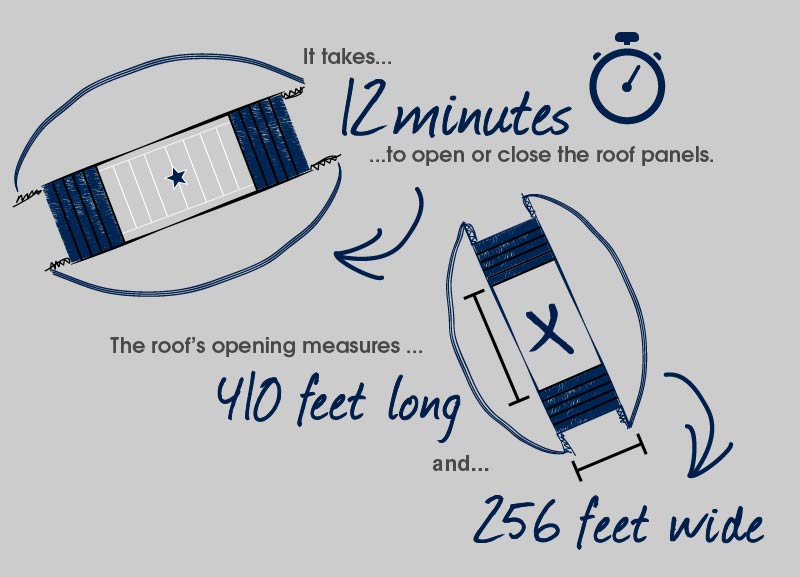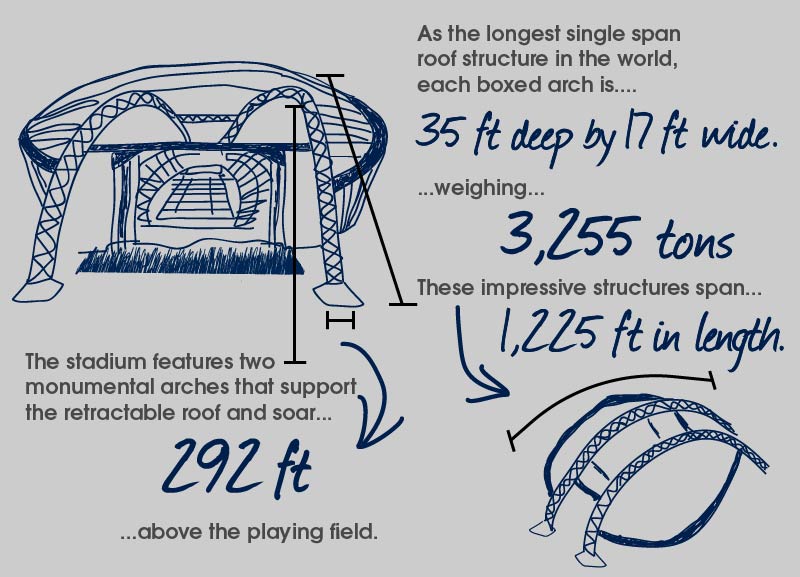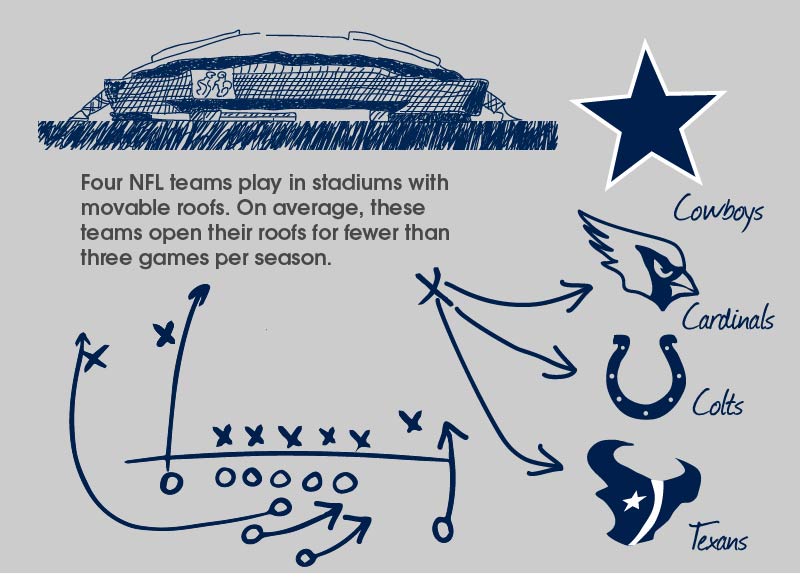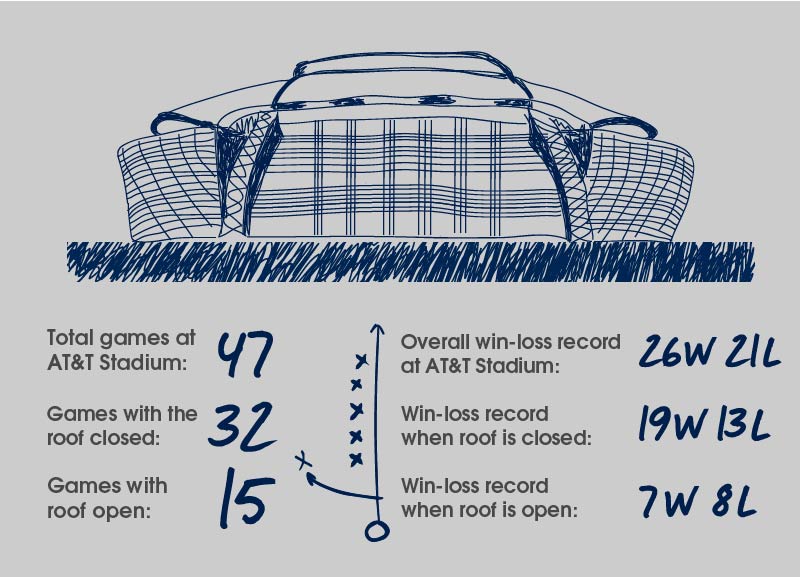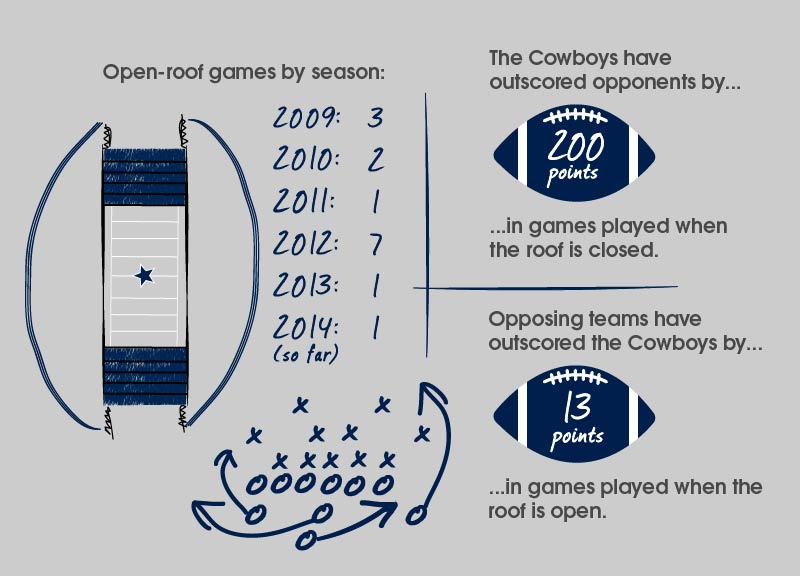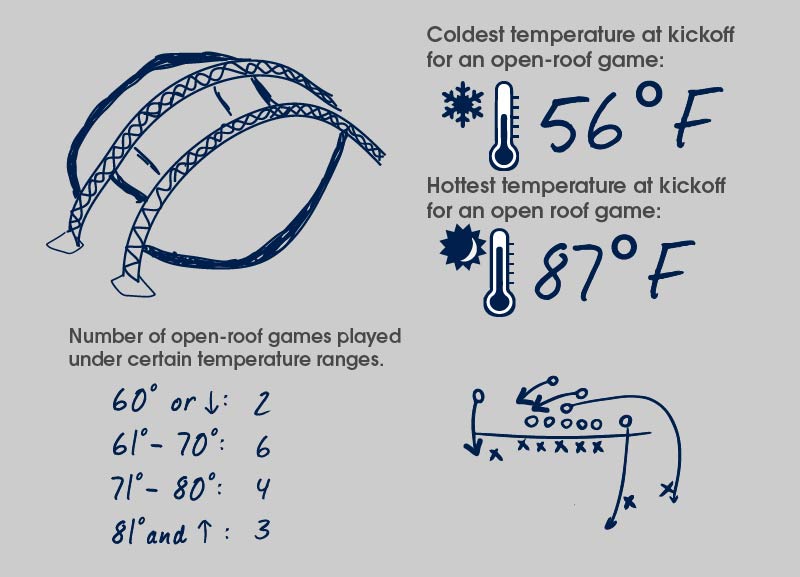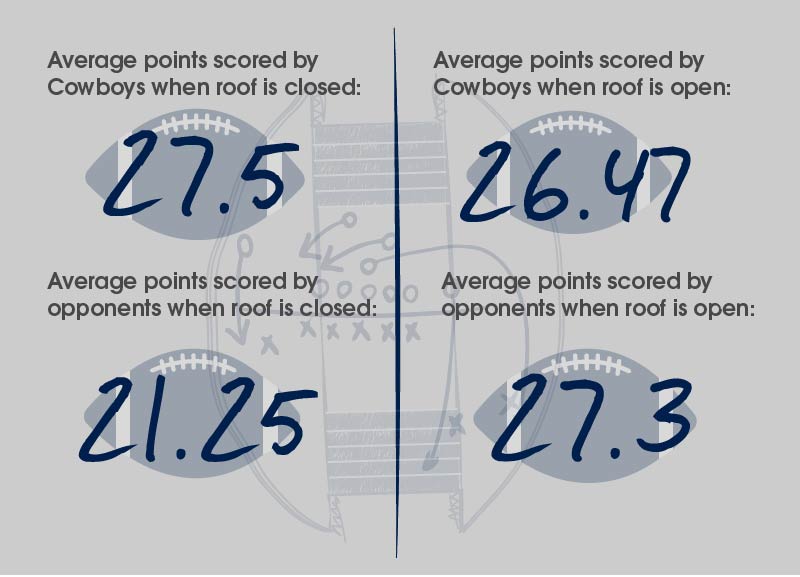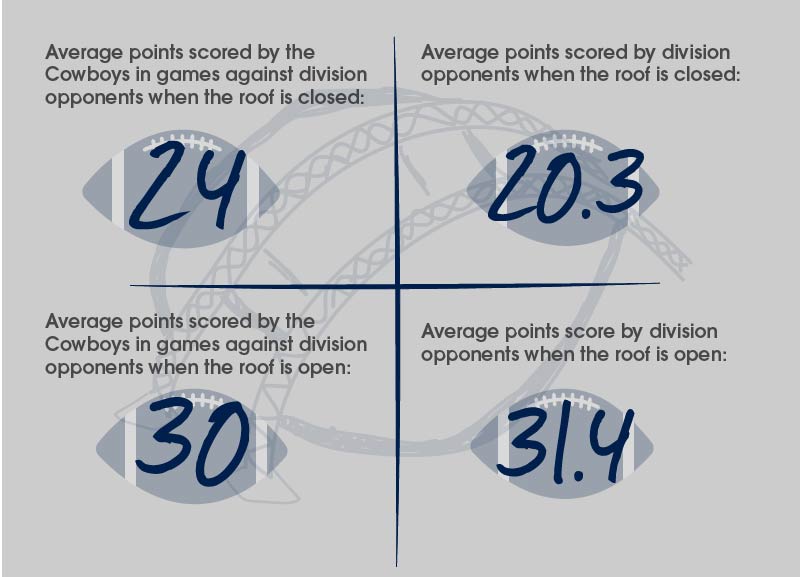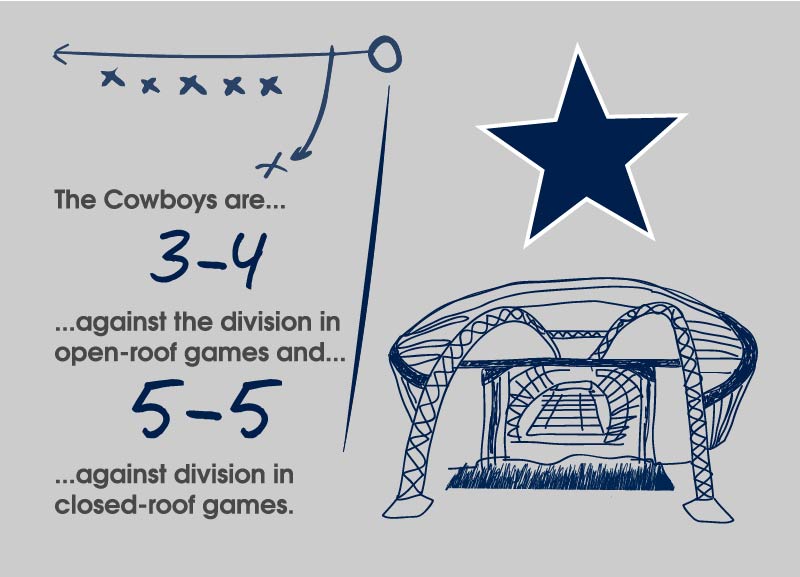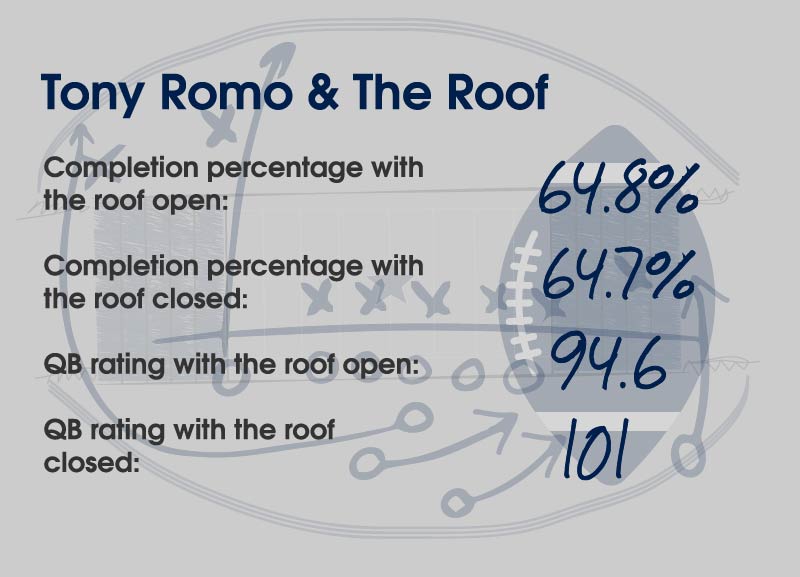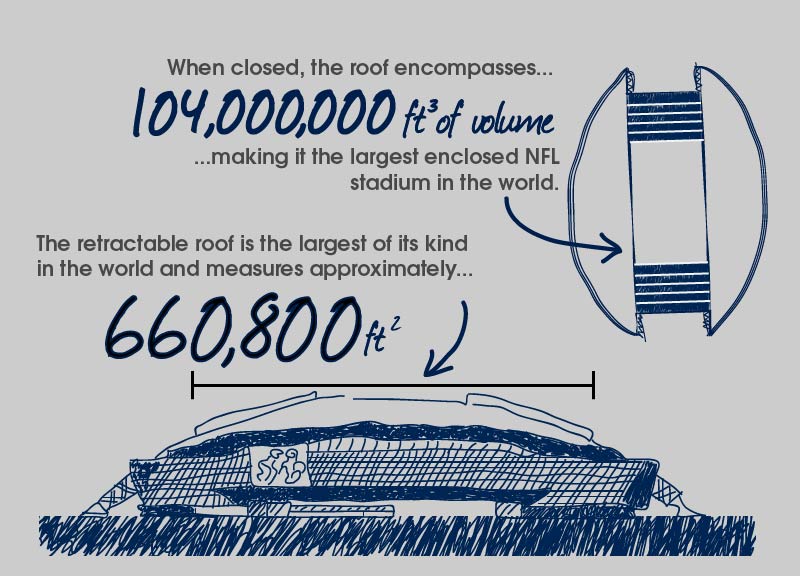Analyzing How AT&T Stadium's Roof Affects The Dallas Cowboys' Play.
When the Dallas Cowboys decided to move from their initial home in Fair Park in the late '60s, the team decided to build a luxurious new football-only stadium in Irving.
Opened in 1971, Texas Stadium featured a proliferation of luxury boxes — but sadly not the retractable roof they had originally planned. Somewhere along the way, it was determined the stadium couldn't support the additional weight, and thus the idea of its famous hole-in-the-roof was born.
Still, the hole became a legend in its own right, most notably after Cowboys linebacker D.D. Lewis once quipped that the reason for the hole was so “God can watch his favorite team play.” Subsequently, the hole became so ingrained in the team's ethos that team owner Jerry Jones made sure to incorporate the feature into the team's new billion-dollar stadium, which opened in 2009.
But even though AT&T Stadium does feature a retractable roof, it's a feature the team doesn't really show off all that open. Alas, maybe that's for the best. Turns out, the Cowboys play a lot better when God isn't watching: In the 47 games the team has played in its current home, it's won 68 percent of its games played with the roof closed; on the other hand, the team boasts a losing record (7-8) in games played with the roof open. Furthermore, the team has outscored opponents by a total of 200 points in its 32 closed-roof games at the stadium, while getting outscored by a total of 13 points in its 15 open-roof games. Perhaps more concerning, given the team's propensity for playing in close games, the Cowboys give up an average of six more points per game to opponents in open-roof contests.
With that in mind, we've drawn up a playbook we think should give the Cowboys a bit of an extra edge moving forward. (Spoiler alert: It involves closing the roof and hiding the keys to the control panel from Jerry.)
Ready? Break!
Graphics by Patricia Gonzalez.
